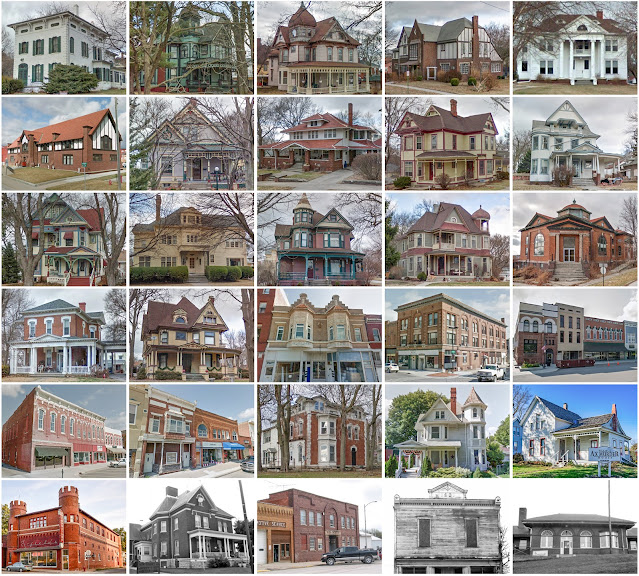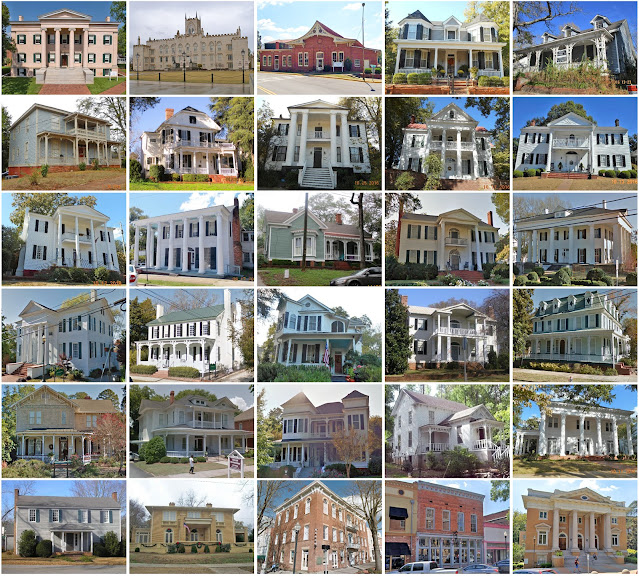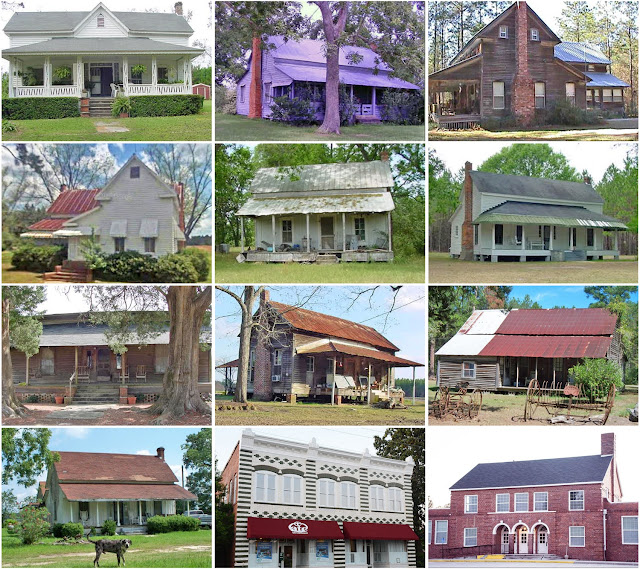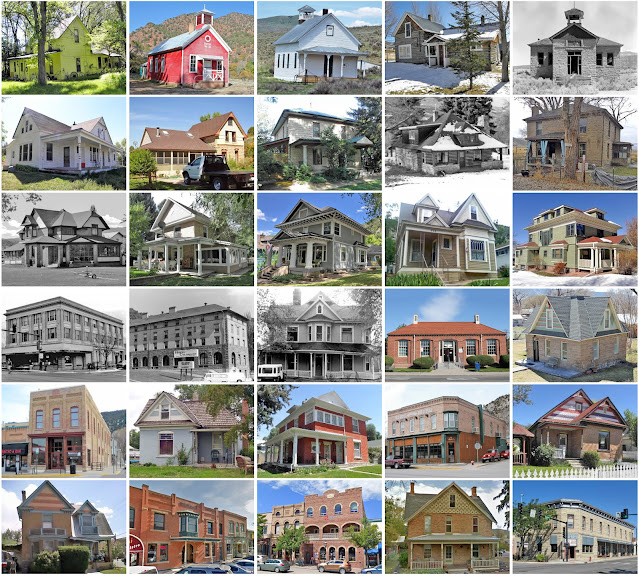Osceola County, Iowa

Founding: 1872 (declared in 1851) Parent county: Unorganized territory Namesake: Osceola, Seminole chief Seat: Sibley (1872–) Land area: 399 square miles Population (2020): 6,192 Population (historic): 2,219 (1880); 8,725 (1900); 10,182 (1930) Periods of population growth: 1871–1920; 1930s Subdivisions: Five cities; 12 townships National Register listings: One Pre-1940 residences (estimated): 1,061 (35.8%) Pre-1940 housing survival rate: 50.3% Farm housing in disrepair (1950): 1.6% Nonfarm housing in disrepair (1950): 1.1% Average farmhouse value (1930): $1,998 Average outbuilding value (1930): $3,181 Average farmhouse size (1940): 6.6 rooms Number of farms (1920): 1,265 Average farm size (1920): 182.6 acres Sources of settlement: Iowa, Germany, Illinois, and Wisconsin _________________________________________________________________________________ Sibley Namesake: Henry Sibley, Minnesota governor Founding: 1872 (platting); 1872 (post office); 1875 (incorporat










